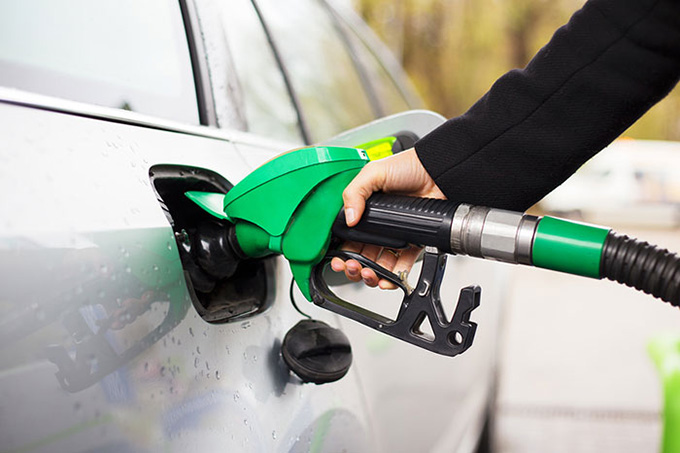
It’s easy to boost your car’s overall fuel efficiency by as much as 30 percent with simple vehicle maintenance and paying attention to how you drive. Below are a few tips that will see you reduce on greenhouse gas emissions. Another great resource worth checking out can be found at https://www.drivingguide.com/.
Plus, these tips could save you hundreds of dollars each year in fuel costs – and you can divert the savings to your college education.
Avoid Aggressive Driving
Jackrabbit starts and stops increase your fuel consumption by up to double the fuel as gradual starts and stops. While such driving may reduce travel time by a mere four percent, the toxic emissions are usually about five times higher. The proper driving technique is to slowly and smoothly accelerate to achieve higher gears faster.
Furthermore, deceleration tends to affect your vehicle’s fuel efficiency. Therefore, instead of braking to stop your car, consider traffic flow and coast to decelerate.
If you have a fuel-injection car, remove your foot from the accelerator to stop fuel from flowing into the engine. Deceleration coasting also helps you save on wear and tear of your brakes.
Avoid Speeding

Increasing highway cruising speed from 55 mph to 75 mph raises your car’s fuel consumption by up to 20 percent. However, you can improve on the mileage you are getting on your gas by as much as 10 to 15 percent by maintaining 55mph. In fact, the sweet spot for most SUVs, trucks, and cars is between 30mph and 50mph.
Avoid Vehicle Idling
Idling your car in both summer and winter wastes fuel and produces a host of unnecessary greenhouse gases. If you need to stop for more than 30 seconds, turn the engine off. In the winter months, do not idle your cold engine for over 30 seconds before driving away.
On the other hand, older cars may require more idling time when starting. In the wintery conditions, all cars might require idling time for warming up and ensuring the windshield is defogged. That said, it’s pertinent that you ensure that your car is sufficiently warmed up to prevent stalling as you pull out.
Choose the Right Gear
It’s advisable that you change up through gears and into the top gear as soon as you can without stepping on the gas pedal unnecessarily. Driving in lower gears than required can waste fuel.
On the other hand, letting your engine labor in higher gears at corners and on hills will waste copious amounts of fuel. Fortunately, automatic transmissions will usually shift gears faster and smoother if you ease on the accelerator paddle once the car has achieved the right momentum.
Use the Air Conditioner Sparingly
This is especially important for older cars. Turning on the air conditioner on a hot day increases fuel consumption by up to 10 percent while driving in the city. While the car is cool, you should be using the car’s flow-through ventilation instead of the AC.
At lower speeds, open the windows slightly to reduce fuel consumption by reducing the demand on the AC. While driving at higher speeds, using your air conditioner is more efficient than dealing with wind resistance from an open sunroof or windows.
Newer car models feature efficient air conditioning units, and the fuel you save by turning off the cooling unit is not that significant. So, if you have a newer car, you can roll up the windows and enjoy the AC in hot weather.
